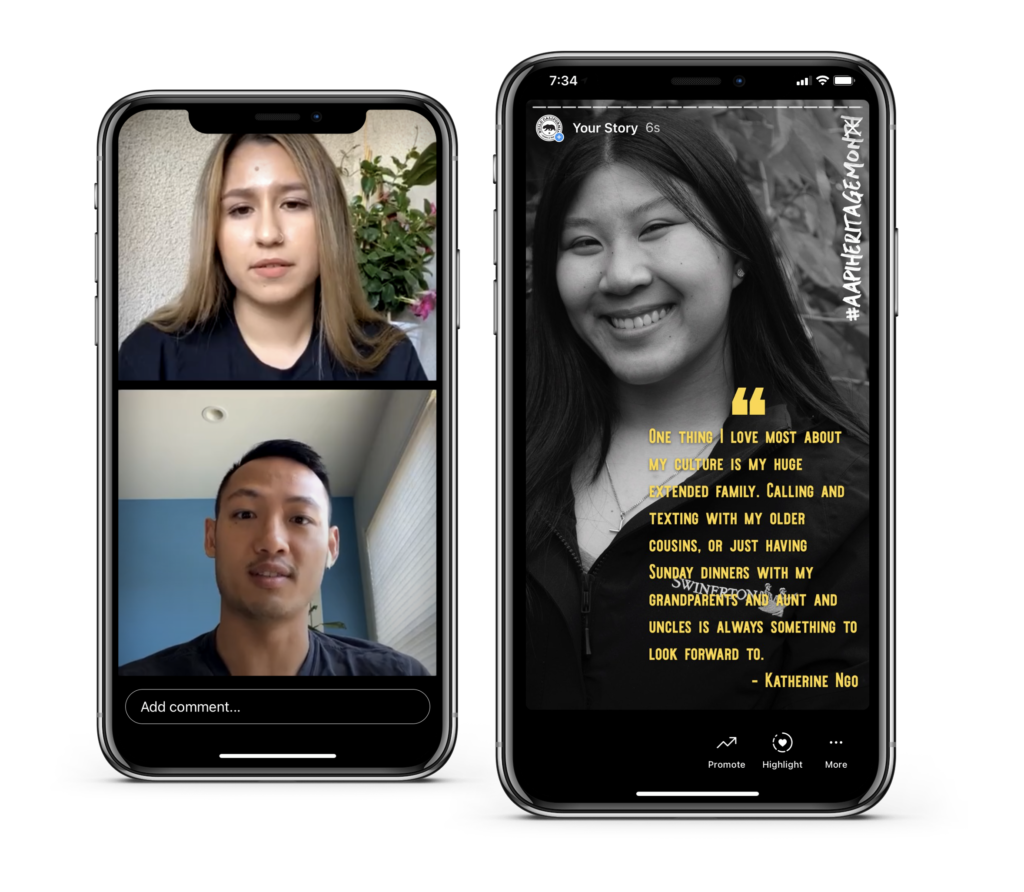#IYouWe: Asian American Voices in Construction
As one of the most underrepresented groups in our industry — making up just under 1.5% of workers — Asian American voices in construction may not always be heard.
But, it’s critical to help amplify their voices and hear firsthand about their experiences so #IYouWe can make the construction family one for everyone.
We spoke with four members of the Asian American construction family in California to glean insight about these members of the trades.
Battling Stereotypes
We’d like to think that racial and ethnic stereotypes don’t exist in 2021, yet they persist today both about Asian Americans and within their own communities.
One such stereotype is the “model minority” myth. In short, this idea is that “Asian Americans are often stereotyped as studious, successful, smart — a model minority who excel in education and accomplish the ‘American Dream.’” While this may sound positive, it holds Asian Americans to a rigid standard formed largely by stereotypes that they may not be able to — or want to — adhere to.
Many, but not all, Asian American families also hold children to a high standard in their schooling and career choices, influenced in part by the “model minority” pressure to be successful.
Joy Lam, a Journey Level Carpenter for Union Local 22 notes that “Asians are seen as scholarly, and that Asians have dominated STEM fields. Not all of us are in those fields. There’s a lot of pressure within our families to do well in academia.”
Joy says when she was a child her family pushed her to become “a doctor, lawyer, [or] businessperson” so she would not become a “coolie,” or a low-wage laborer. When she chose to pursue construction instead, she faced resistance from her family.
Yet, she persisted in construction. She wanted to try it out, and construction afforded her the freedom to develop her own career independent from her family and work with her hands — all while finding the same success people didn’t expect her to find in the industry.
“There’s a lot of stigma in the community about working in the trades, but it’s really rewarding. It helps you become a stronger person, more confident, and more comfortable taking risks,” says Joy.
Forging New Paths
Like Joy, Katherine Han Ngo, an Apprentice Carpenter from Swinerton didn’t take the career path her family anticipated.
“As a first-generation American, I’m expected to go to college and become a doctor or lawyer as stereotyped. But I learned late into my senior year of high school there was a different career path for me,” says Katherine.
At first, Katherine was discouraged by her extended family’s reactions, as many wondered why she would forego college in favor of the trades. Luckily, her parents quickly overcame the hesitancy and supported her after seeing that the construction industry is about more than just physical labor.
Katherine’s journey also showed them that success in her career didn’t necessarily need a college degree.
“Going to college after high school isn’t for everyone. The work of tradesmen and women is unique and very dynamic […] The different men and women I meet on the job every day have something different and new to educate and enlighten me on.”

Navigating the Intersections of Identity
To break down stereotypes about the Asian American community, it’s critical to also acknowledge the role of the intersections of identity within their experiences in our industry.
Victor Lam, a construction manager at Kitchell, is both Asian American and openly gay, and he navigates the intersections of his own identity each day.
Though he says he feels lucky to work in the Bay Area where he “feels celebrated” as both a person of color and member of the LGBTQ+ community, he recognizes that not everyone shares this experience.
In a similar vein, Sherry Chaumpluke, an engineering supervisor at AACO Engineered Systems in San Francisco, notes that she navigates the intersections of her identity as both Asian American and a woman.
These nuances in identity play out further when discussing the term “Asian American” itself. While it is an umbrella term to encompass a multitude of Asian countries and cultures, it’s important to acknowledge the diversity of individuals rather than lump Asian Americans into one category.
“We are not a monolith,” says Vigor. “Asia is a diverse continent with many countries and cultures.”
Sherry echoes the sentiment, saying “We have diverse stories. I come from Thailand, for example, but my family comes from a variety of Asian cultures.”
Mentors for the Next Generation
What seems to be shared among all of the people we spoke to, though, is the importance of mentorship for the next generation.
“I want to forge a path for those who come after me, [and tell them] they deserve to be in this space,” says Sherry. “If I see someone being spoken over, I try to bring them into the fold, give them a voice, and advocate for them.”
With the mentorship of the next generation and having conversations about the unique role of identity in industries like ours, we can make construction as welcoming to everyone as possible.
Sherry leaves us with this: “Construction is a field that is open to everybody. It’s an industry you can thrive in because it’s about hard work and dedication. It’s not just one group that can be successful.”
Build California is listening and learning with our #IYouWe Instagram Live series, where we invite members of the industry to discuss how we can make positive changes towards inclusion and increased representation. Check it out here.